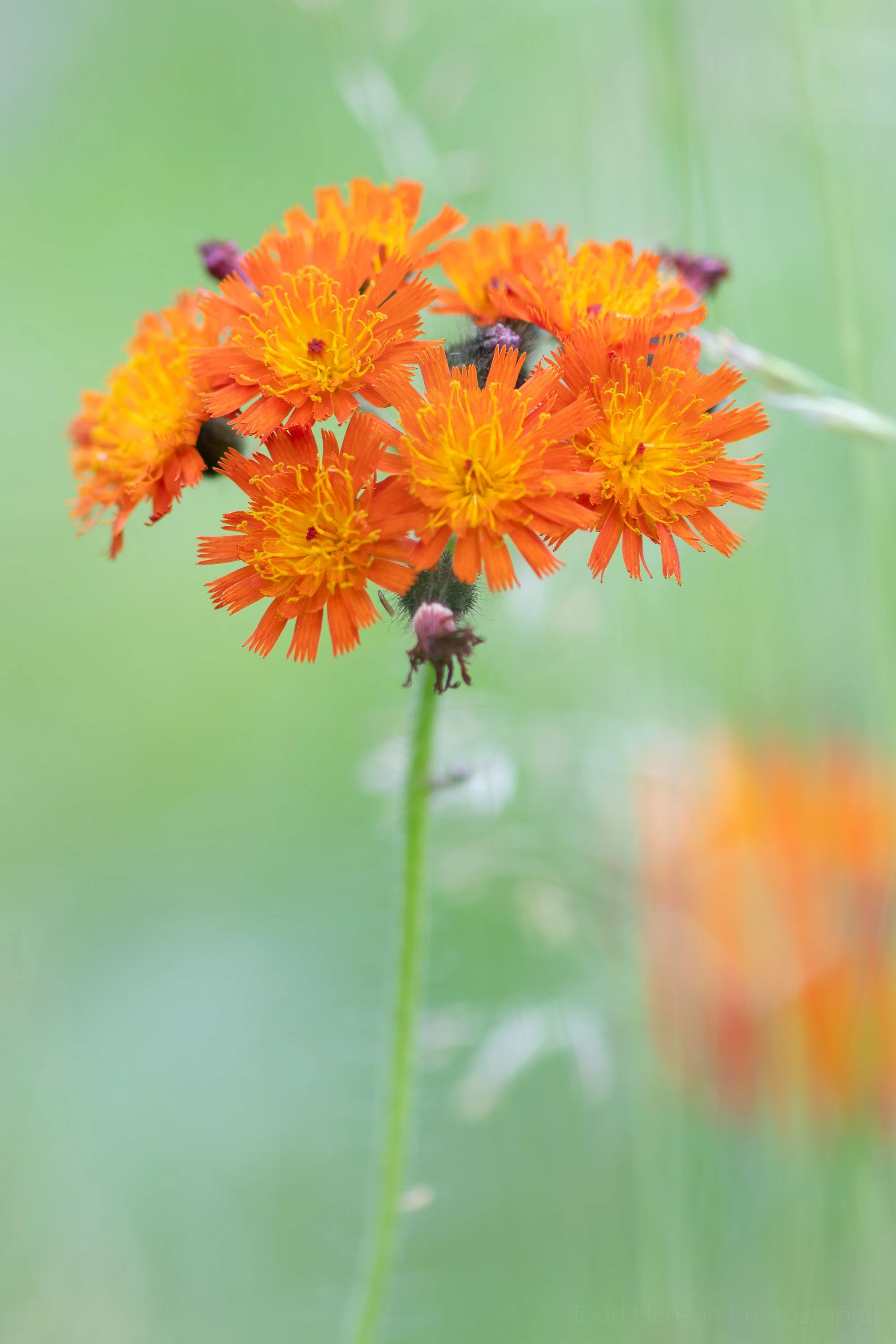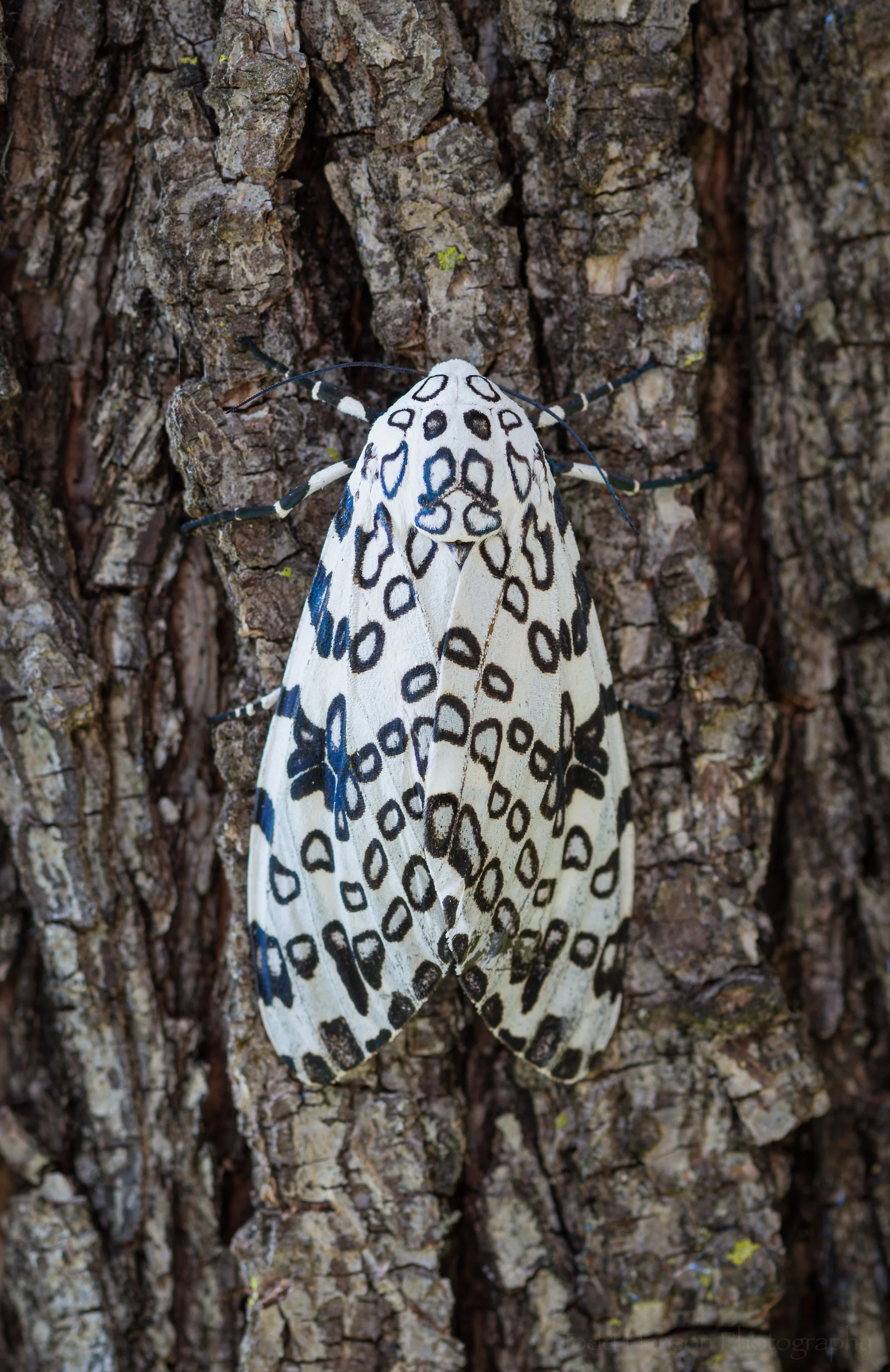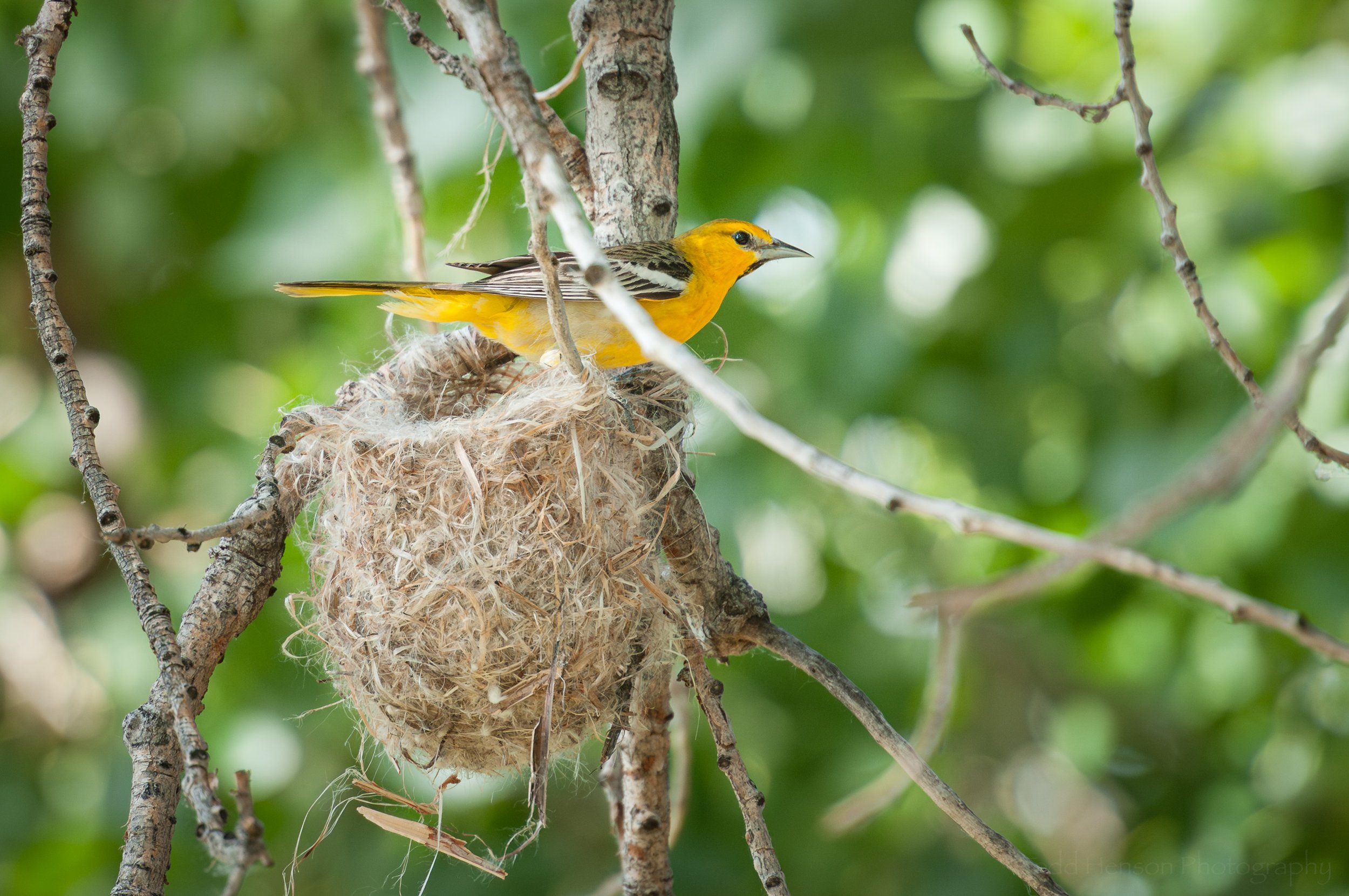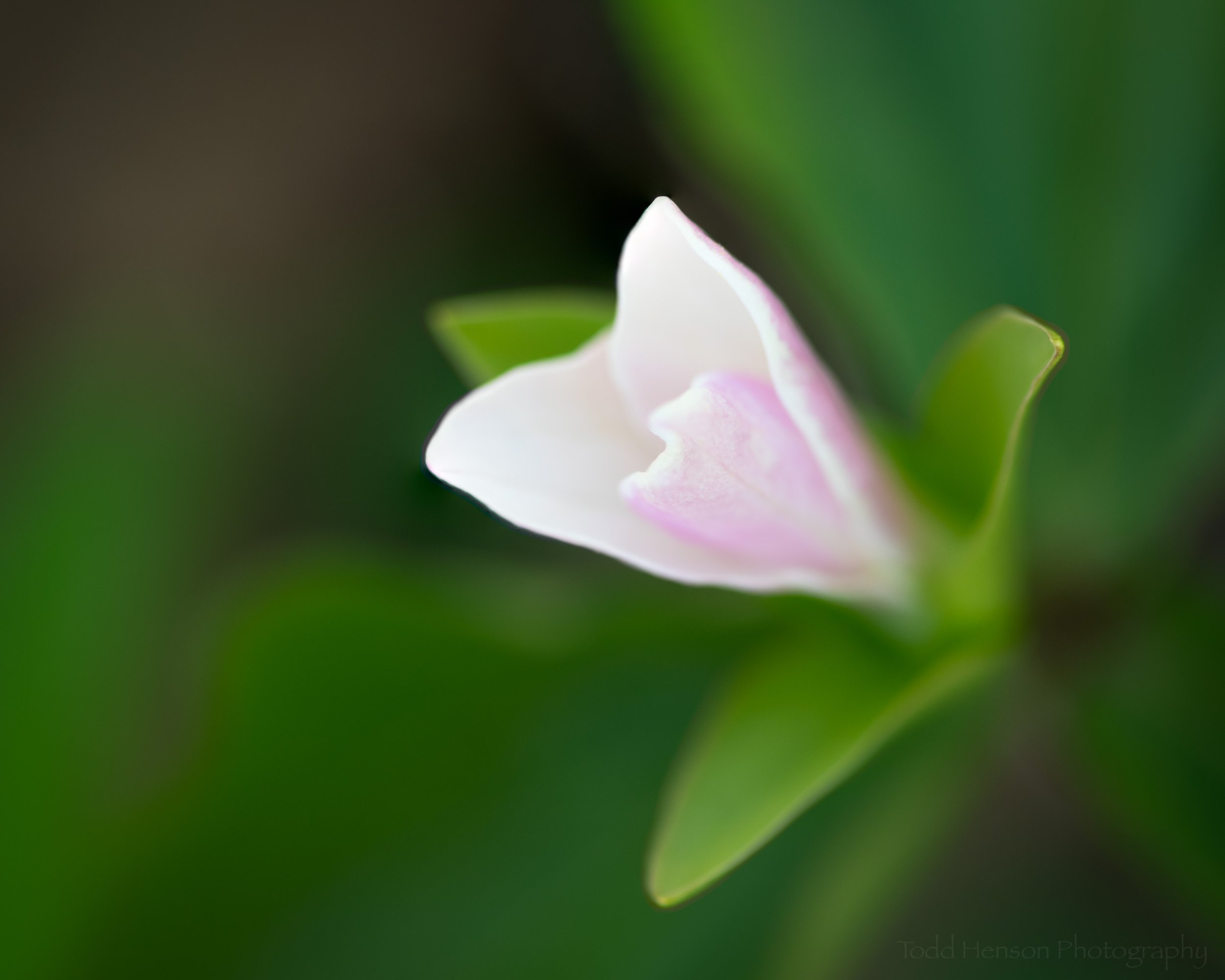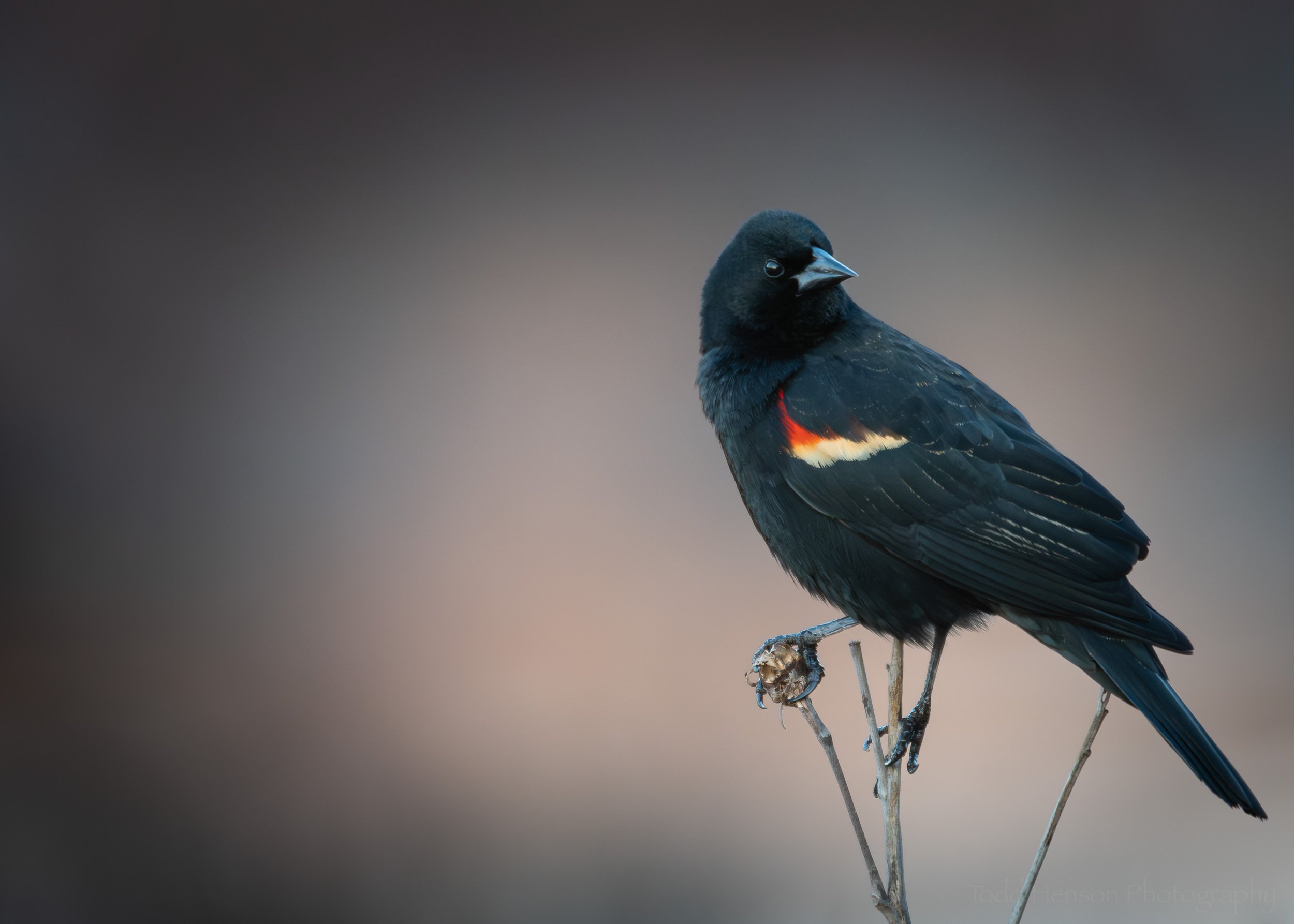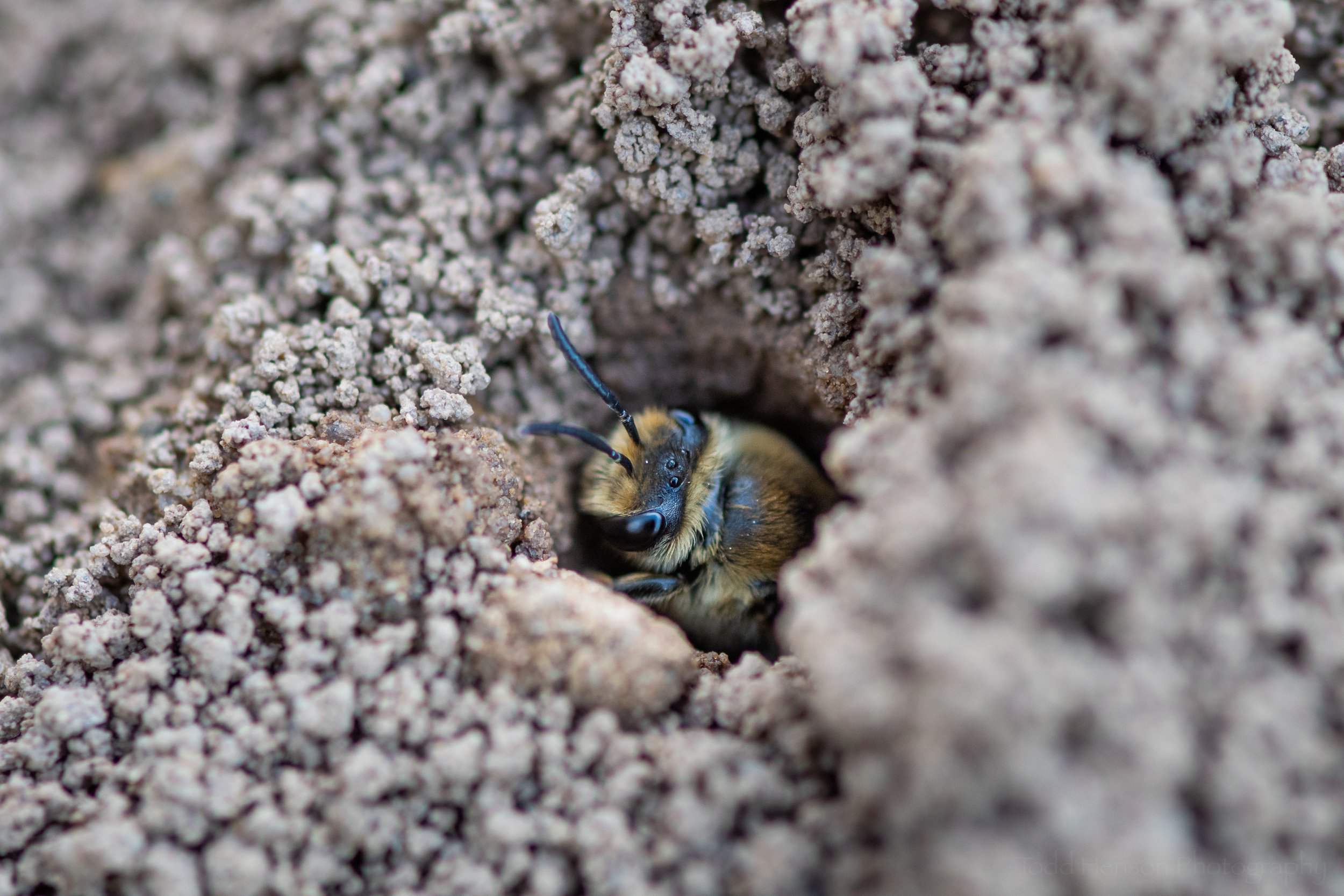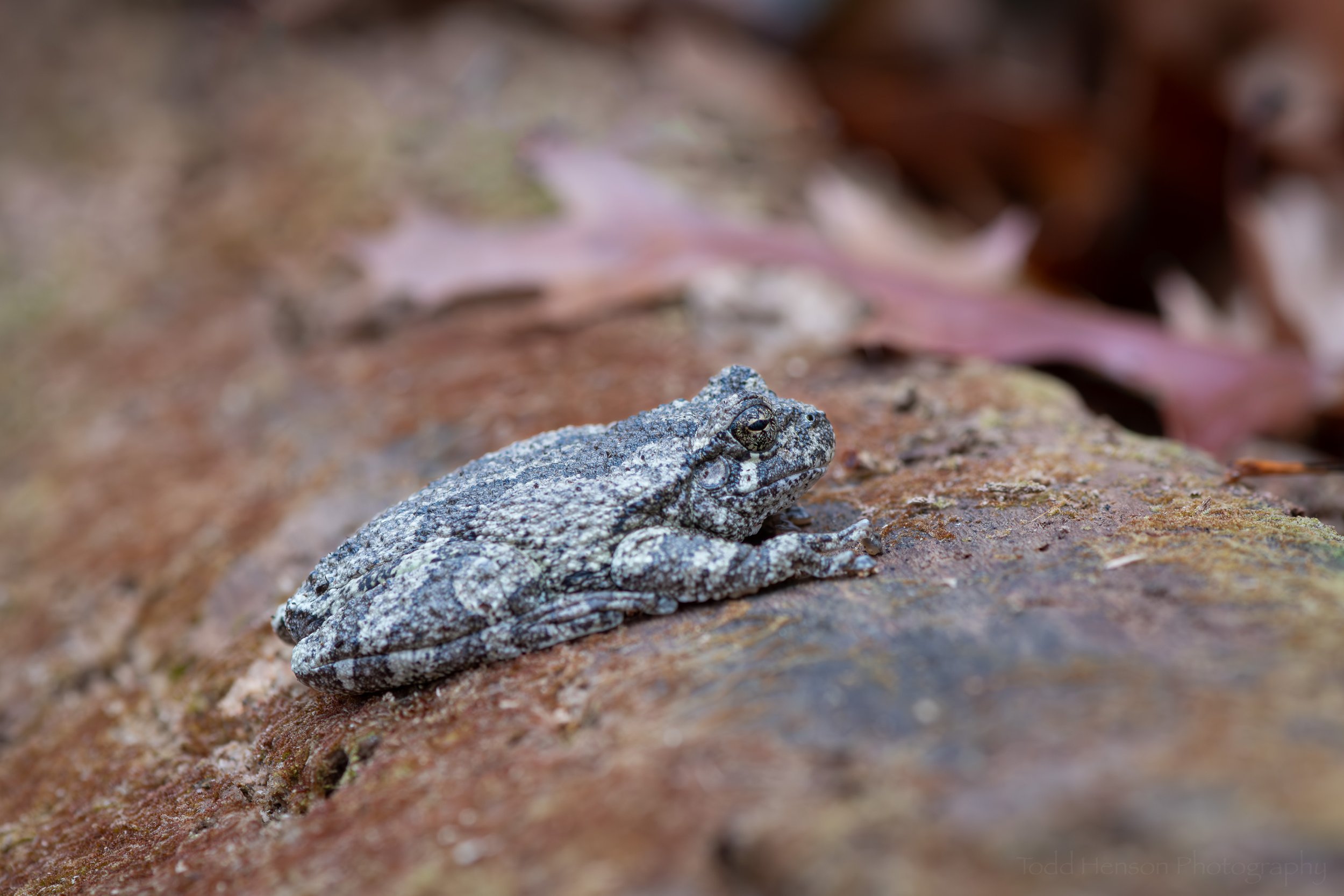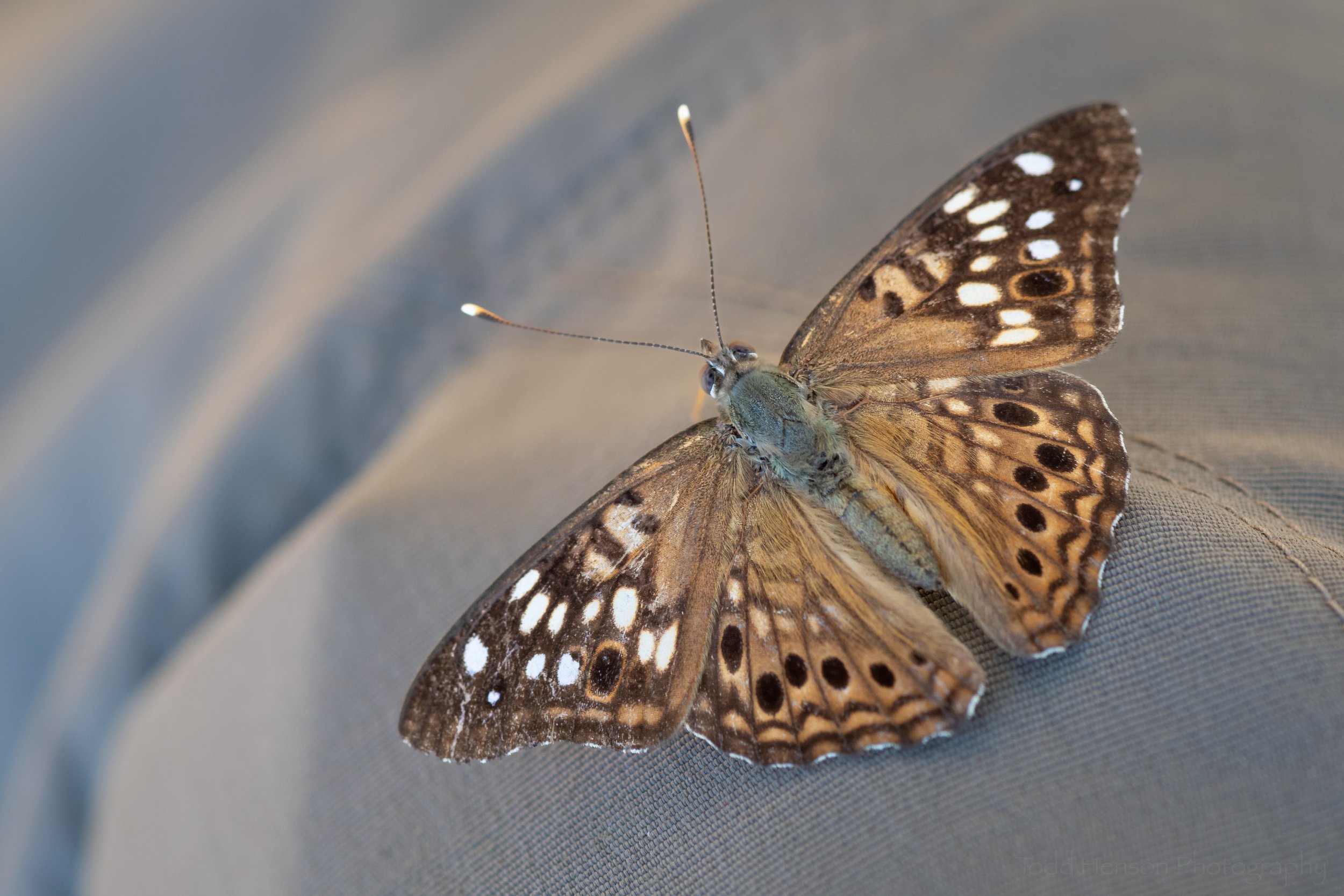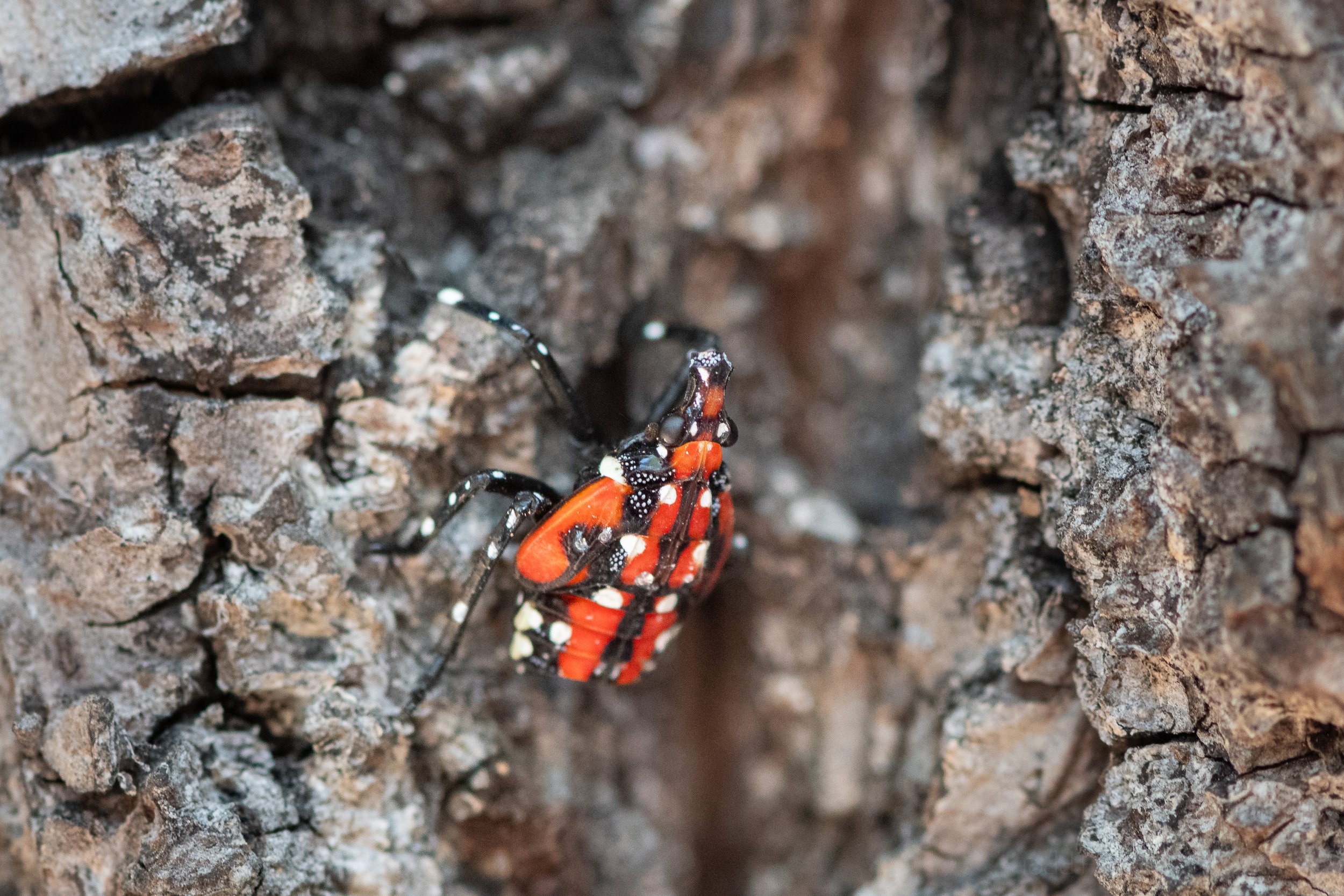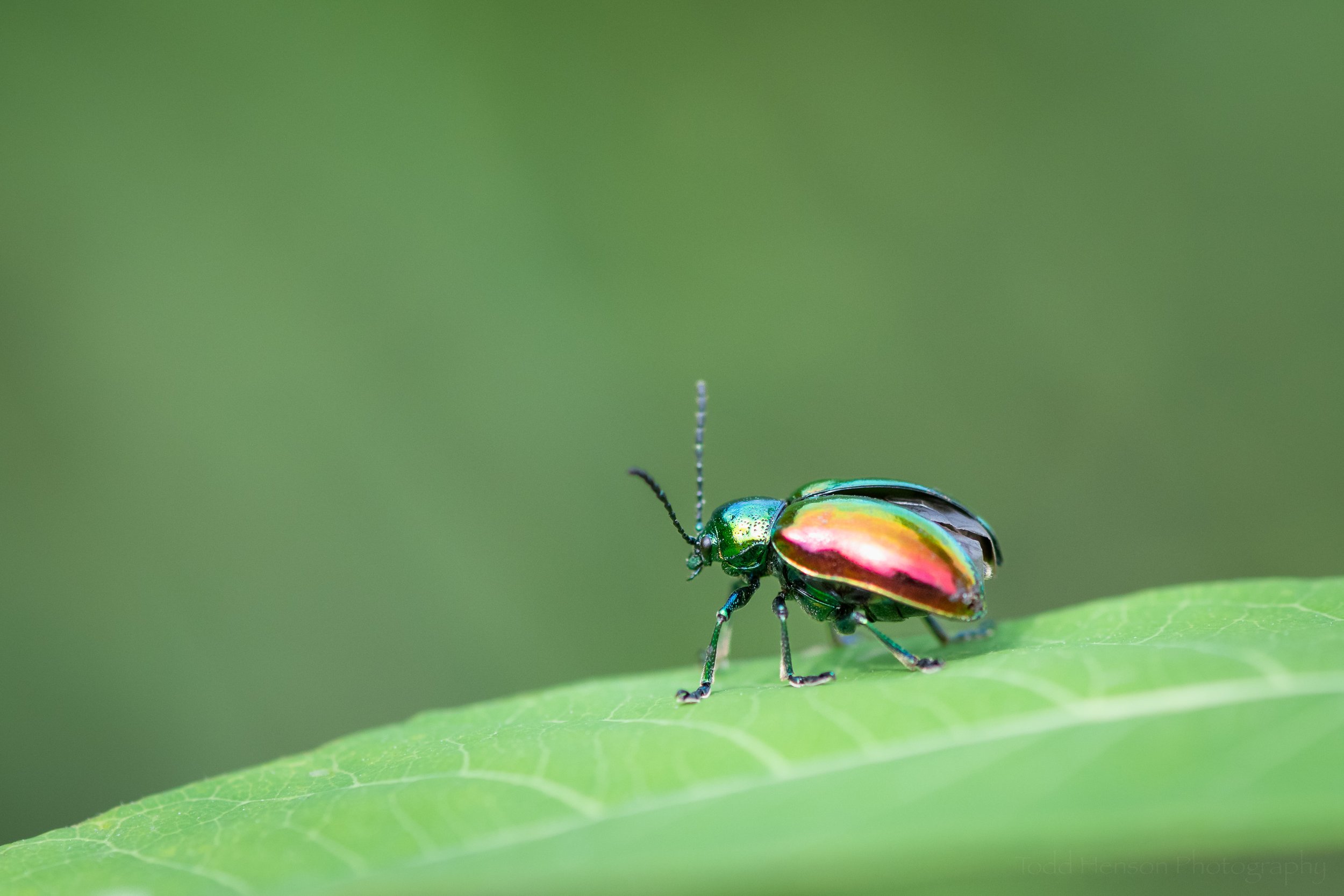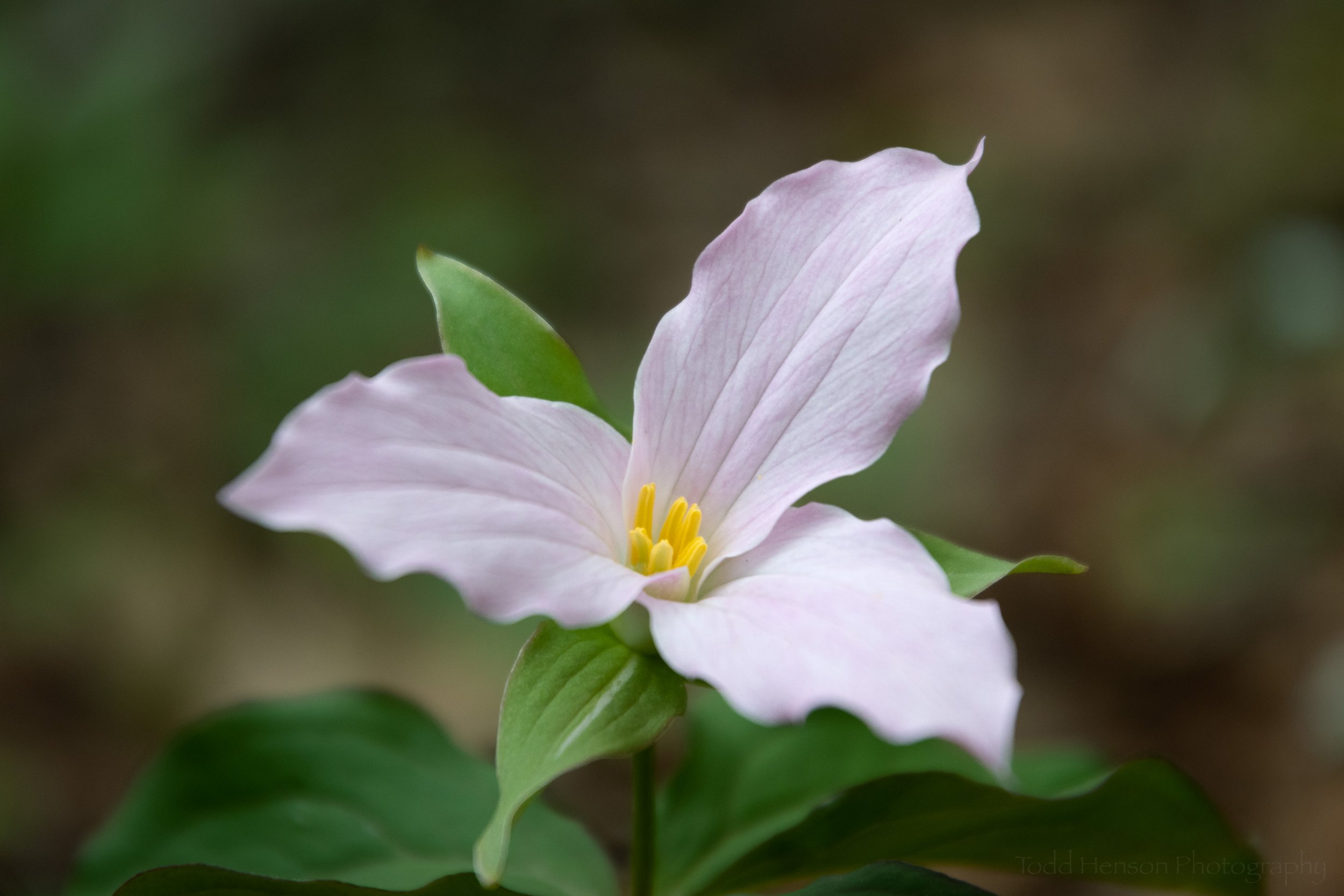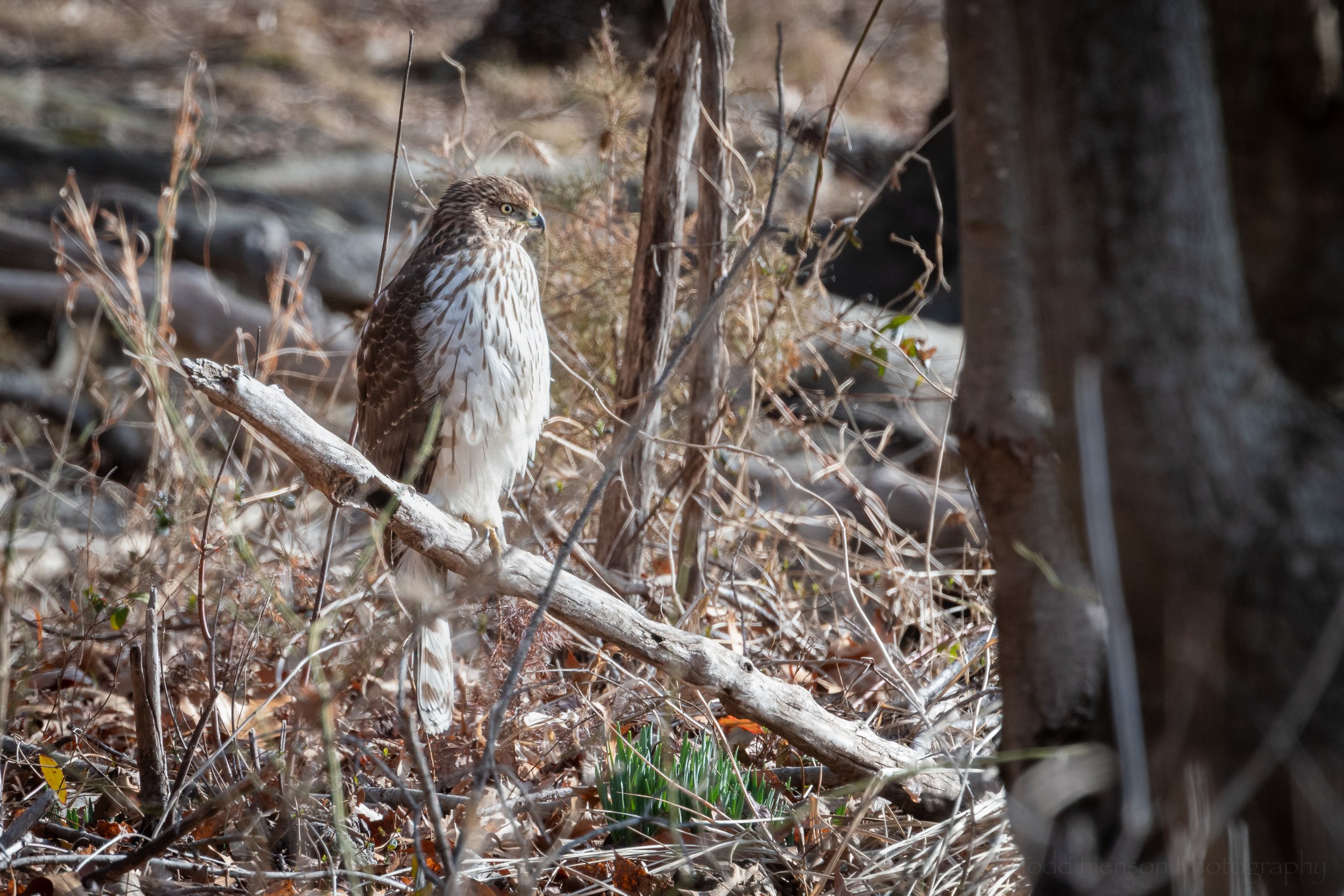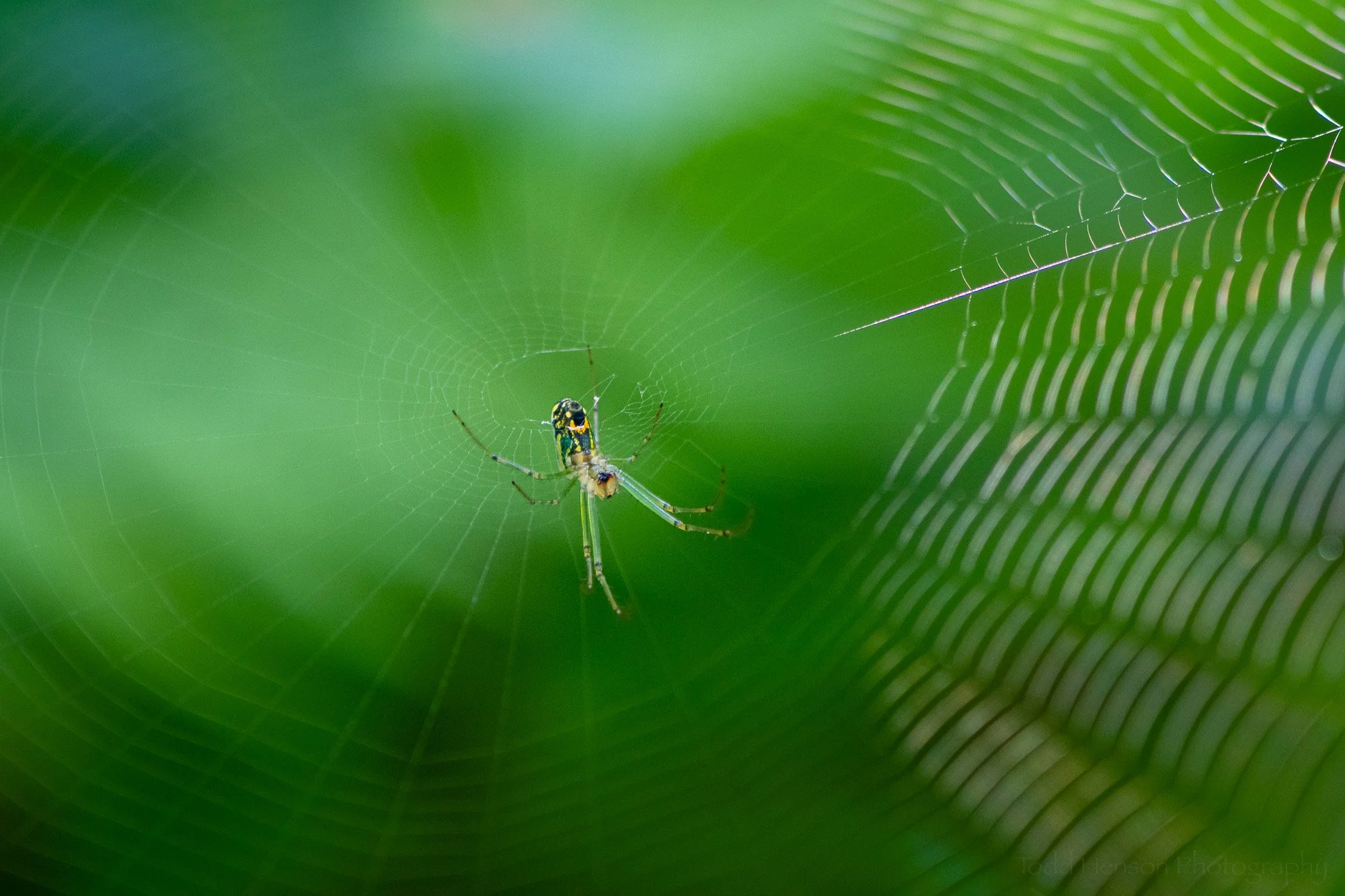A pink lady’s slipper, also sometimes called a moccasin flower
One of the joys of photographing nature is stumbling upon species in the wild for perhaps the first time. And when it comes to flowers that can be all the more special as some are only there for a very short period of time once a year. This year I was fortunate to be hiking with my father who has a keen eye and noticed several pink lady’s slippers right beside the trail hiding along the forest floor. And as is often the case, once we’d noticed one we began finding more. They were very difficult to photograph as most were in challenging locations and often mixed in with other more distracting plants or forest floor debris. But I had such a great time attempting to create some nice photographs with what nature presented us.
Lady’s slipper quartet
Lone lady’s slipper
There are several variety of lady’s slippers, also sometimes called moccasin flowers, one of the more common being pink lady’s slippers. All of the photos in this post are of pink lady’s slippers. They are a fairly large flower compared to most wildflowers in the area. And as you may tell from the look of them, they are of the orchid family. From what I’ve read it appears they flower between May and July, and all of these were found within the first two weeks of May (2021).
Pink lady’s slipper profile
Profile of a pink lady’s slipper
Fascinatingly, it can take years for a plant to mature from a seed. And, I suppose, that being the case it shouldn’t be too surprising that plants can live for over twenty years, though I am impressed by that. Being orchids, they are rather needy plants, requiring a particular soil fungus to grow. The lady’s slipper and the fungus have a symbiotic relationship, each benefiting from the other. They requires bees for pollination and, again, being an orchid, they have a rather complex method of attracting and being pollinated by the bees, which must enter the flower from one direction and exit from another where they will deposit any pollen they’re already carrying from other plants and pick up any from this one. Apparently they can sometimes perish inside the flower if they’re unable to find their way to the exit, though I hope this is uncommon.
Lady’s slipper sextet (in the shade)
Lady’s slipper sextet (in the sun)
Each individual flower doesn’t last all that long, though I don’t know for certain their typical life span. Flowers that were fully in bloom one weekend were either withered and brown or already fallen to the forest floor by the following weekend. But there were also new flowers found. Perhaps we’ll be fortune and find more of these now that we know what to look for. Or perhaps we won’t and this will have been the blooming period of this area. Only time will tell, but I look forward to finding out.
The latter days of the lady’s slippers
Aging gracefully
I hope you’ve enjoyed this brief glimpse at this lovely wild orchid, the pink lady’s slipper. Click on any of the images for a larger view.
Do you enjoy these posts?
Sign up to receive periodic emails with updates and thoughts. Don’t worry, I won’t spam you. And please consider purchasing artwork or products from my online store, and using my affiliate links in the sidebar to the right when shopping online.
I appreciate your support!
